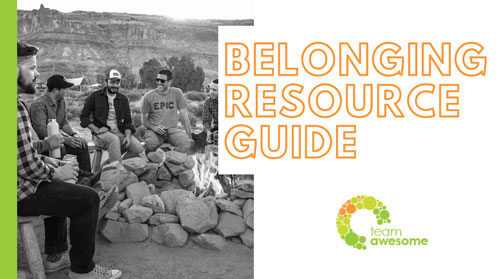I have often heard (and asked) the question, “What would you do if you weren’t afraid?” The next logical move would be to dig into what makes you afraid in the first place. For most people, the answer is some sort of failure. As humans, we are often afraid of failing, or making a mistake. So I ask you, what would you do differently if you could not make a mistake? And what if I told you that you can’t make a mistake?
Consider this for a moment.
At the time that you took an action or made a decision, you did it with all of the information that you had at the time. We are wired to do what we feel is the best possible choice in that moment. It is only after that we judge it as good or bad, or deem it a mistake or a success. So, in the moment, it couldn’t possibly be a mistake. The “mistake” is just a judgement about something that already happened.
Thoughts create emotions, and emotions inform our actions. We take action based on what goes on in our heads (thoughts) and in our hearts (emotions).
There are two ways you can adjust your thinking about mistakes:
- Have faith that you always make the best decision with what information was available at the time. Let go of the judgement about something that has already happened.
- Let go of “future fear,” or the fear of what might happen.
The next time you judge something as a “mistake,” ask yourself these questions:
- How true is it that it was a mistake?
- What is the opportunity in this situation?
- What can be learned or gained from this experience?
The next time you feel fear of what “might” happen, ask yourself these questions:
- What are the possible outcomes?
- What amazing outcomes are worth the risk?
When you adjust your thinking, your feelings and actions follow suit. Give it a try, and see if you can rewire your brain out of self-judging and fear. Small changes in perspective add up. If you need me, I’ll just be over here reclassifying my mistakes as the opportunities I know them to be, helping my heart catch up to what my brain already knows…
About the author:
Katie Rasoul is the Chief Awesome Officer for Team Awesome, a leadership coaching and culture consulting firm. Find out more by visiting www.teamawesomecoaching.com or sign up for our mailing list for awesomeness coming straight to your inbox. Follow Team Awesome on Facebook and Twitter.



Recent Comments